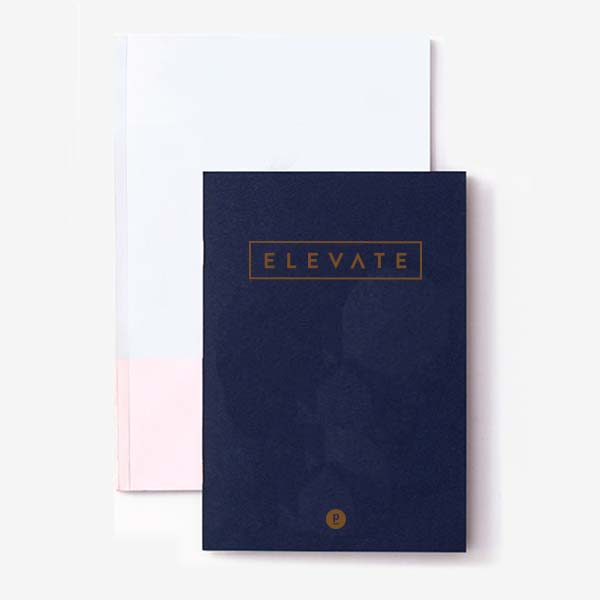Saddle Stitched Notebooks
About Saddle Stitched Notebooks
Saddle-stitched notebooks are a simple and cost-effective binding method where the pages are folded and stapled together along the spine. This type of binding style is most commonly used for small projects which have a low page count. Small magazines, zines and brochures are usually Staple bound as it is a quick, cheap and effective way of delivering large volume projects in a quick and accessible format.
There some strong advantages to saddle stitching when creating a customized journal, including low production costs and generally fast turnaround. The pages naturally lie flat which can be perfect for sketchbooks. Although this finish doesn’t come with the same level of sophistication as a hardcover notebook, it is well suited to producing high quantities and notebooks that are intended for everyday use.
Why Saddle Stitched Notebooks Are Good
- Economical: One of the most affordable binding methods.
- Quick Production: Faster to produce, ideal for short lead times.
- Flat Lay: Opens flat, making it easy to write or draw across the entire page.


How Saddle Stitched Notebooks Are Made
Saddle stitch binding is when a group of folded pages are opened at their centers, turned over and pierced intermittently with wire to fix them together. Often only two staples are used, but depending on the size of the project, more may be used to firmly attach the pages together. Although Saddle Stitching may look like stapling, the printing industry commonly calls this technique stitching. The word ‘Saddle’ comes from the stitching machine which is saddle-like in it’s appearance. This Saddle Stitching technique is commonly used for binding small projects allowing for the notebook to lie flat.
Due to the nature of this binding method, there are some restrictions for saddle stitched notebooks. Fewer pages are preferable (up to 64 as a guide) as it prevents bowing in the centre where the pages are folded. Any more pages may prevent the notebook from closing as tightly and create a bulky finish. Saddle stitching also requires page numbers to be in multiples of 4.
Case Study: Clarkes
This saddle stitched bound book was made for ‘Clarkes’ a luxury glass company. The functional purpose for this was book was to convey in a neat and stylish way the different locations they were advertising. Instead of opting for a leaflet format, this saddle stitched notebook evoked more sophistication and class and the simplistic binding enabled the book to be flat which was perfect for distribution.




